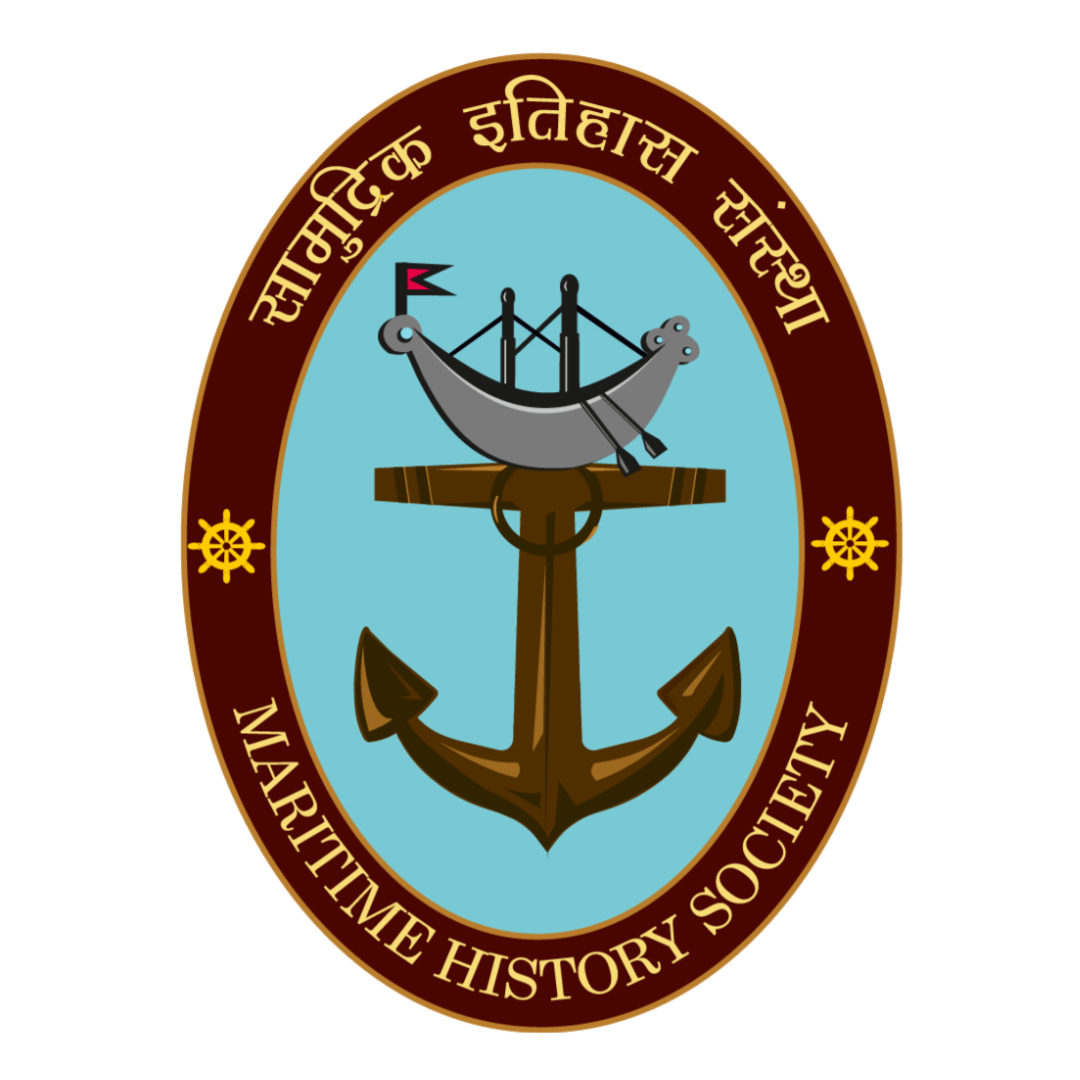Our Indian historical narratives have references of heroes and legends of the maritime domain. The names of Chhatrapati Shivaji Maharaj, Sarkhel Kanhoji Angre, Rajendra Chola of the Chola dynasty, Rani Abbakka, Marthanda Verma etc. are fairly prominent. But, in our academic narratives and curriculum, the history of North-East India remains under-explored in terms of its outreach pan-India. Similarly, when the maritime domain is discussed, our attention is immediately diverted to the western, southern and eastern coastal frontiers. But, the riverine frontiers in the north go amiss. A prominent study of this region in terms of its history, geography and culture is binding, more so, due to the military engagements in recent times.
Assamese history is replete with stories of battles, conquest, annexation and reconciliation on the banks of the river Brahmaputra. The river has witnessed numerous battles and military engagements over years. It was on the bank of the Brahmaputra that many decisive battles were fought and one such battle was the battle of Saraighat.
The Battle of Saraighat was fought in 1671 during the reign of Ahom King Chakradhvaj Sinha. The Ahom general Lachit Borphukan was one of the leaders of the Ahom forces. The Ahom forces had foiled every attempt of Ram Singh, the Mughal general deputed to occupy Guwahati, by war and diplomacy. The battle took place on the mighty Brahmaputra River in 1671, along the Saraighat area of modern-day Guwahati. This battle entered the annals of history because of Borphukan’s tactical and strategic brilliance as well as his exemplary bravery. Despite being heavily outnumbered by the Mughal army and navy, led by Ram Singh, the Ahoms managed to gain an upper hand because of their guerrilla tactics, psychological warfare, exploitation of the local terrain and the weak areas of the Mughal Navy. The Battle of Saraighat was the last determined attempt of Ram Singh which met discomfiting defeat at the hands of the Ahoms. A lesson here is the usage of the geographical terrain to the benefit. The victory at Saraighat earned Borphukan immortal fame as it was one of the most outstanding naval victories of the Ahoms against the Mughals.
By naming one of its leading vessels after the Brahmaputra, the Indian Navy has rightly paid an homage to the mighty Indian river. The nomenclature is an ode to the history of the North East Indian region. INS Brahmaputra (F31) is the lead ship of her class of guided missile frigates of the Indian Navy constructed by Garden Reach Shipbuilders and Engineers Ltd (GRSE), Kolkata.
(Image Source : Indian Navy)
This indigenously designed and built vessel is a modification of the Godavari class frigates. The ship has the ability to pack a powerful punch with an array of modernised weapon systems at its disposal. The Brahmaputra-class are steam-engine propelled vessels— something that GRSE had never tried its hands at earlier. These frigates are multirole platforms with a contemporary suite of weapons and sensors including two Sea King helicopters. Three ships of this class were delivered between 2000 and 2005; the INS Brahmaputra was commissioned on 14 April 2000 while INS Betwa and INS Beas were commissioned on 7 July 2004 and 11 July 2005 respectively.
The ship’s name ‘Brahmaputra‘ has been derived from the famous river which flows in the North Eastern region of India. The ship’s crest depicts a grey-coloured, one-horned Indian Rhinoceros, native to the Brahmaputra valley in the North Eastern region of India, on a brown background over white and blue sea waves. The ship’s war cry- ‘Dushman ko Khatra, Jab aage Brahmaputra‘ meaning the enemy faces grave danger when Brahmaputra leads the fray- embodies her indomitable spirit.
INS Brahmaputra is manned by a crew of about 40 officers and 330 sailors. She has a displacement of 5,300 tonnes, a length of 125 metres, a beam of 14.4 metres and is capable of speed in excess of 27 knots and is fitted with a medium range, close range and anti-aircraft guns, surface to surface and surface to air missiles and torpedo launchers. She has an extensive range of sensors covering all facets of maritime warfare which enables the ship to perform a wide variety of roles including coastal and offshore patrolling, maritime diplomacy, counter terrorism and anti-piracy operations.
INS Brahmaputra has been mission deployed ever since its commissioning. Her role in Operation Sukoon (2006) remains one of the pivotal operations that she has served in. Her involvement in various joint and multilateral naval exercises speak volume of her capacities and capabilities.



0 Comments